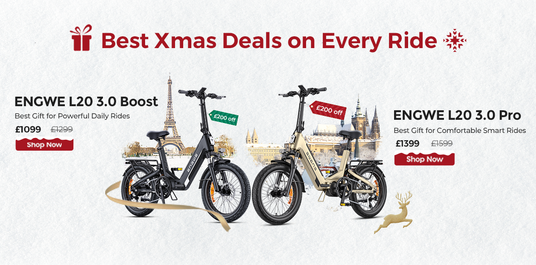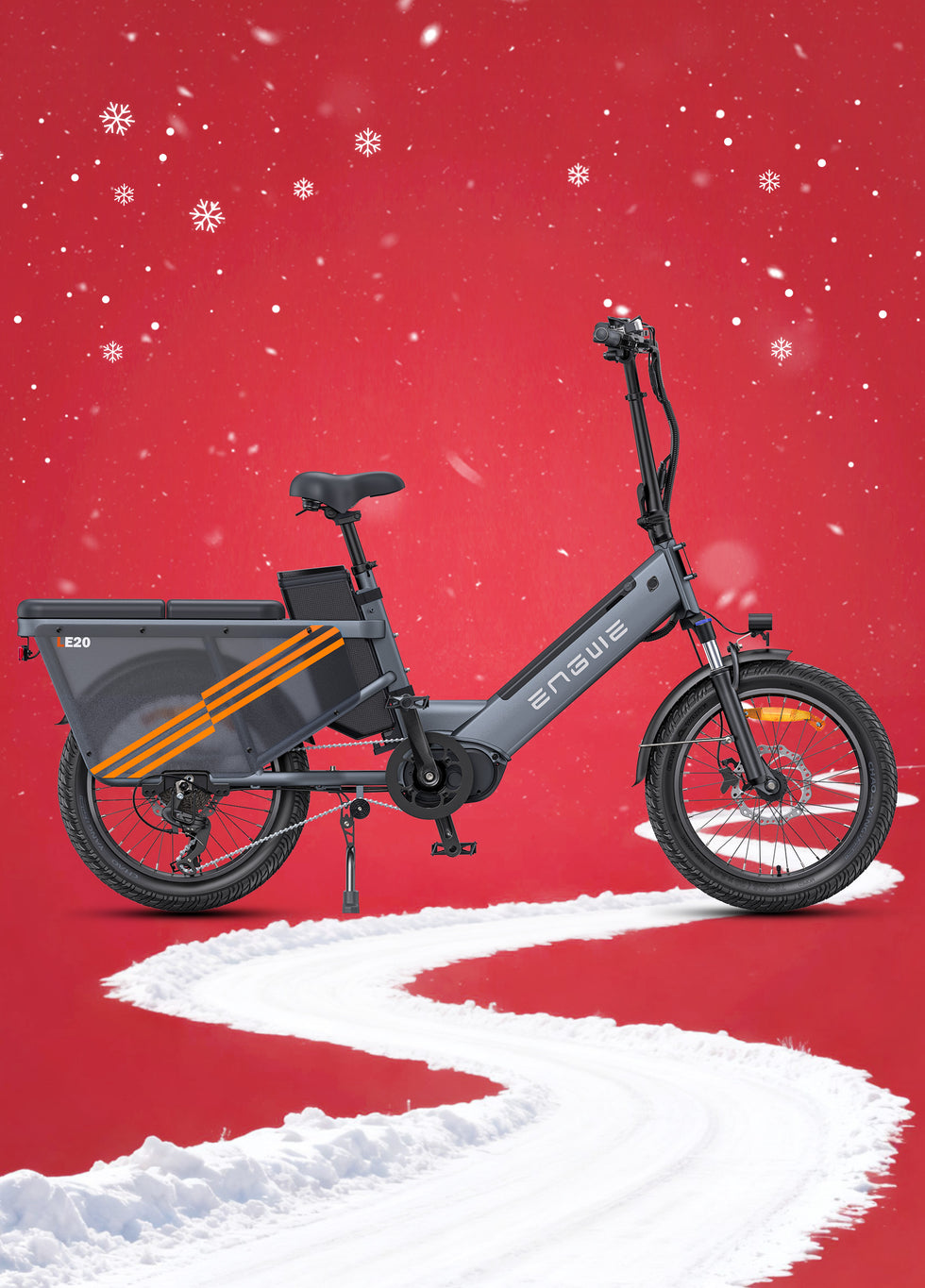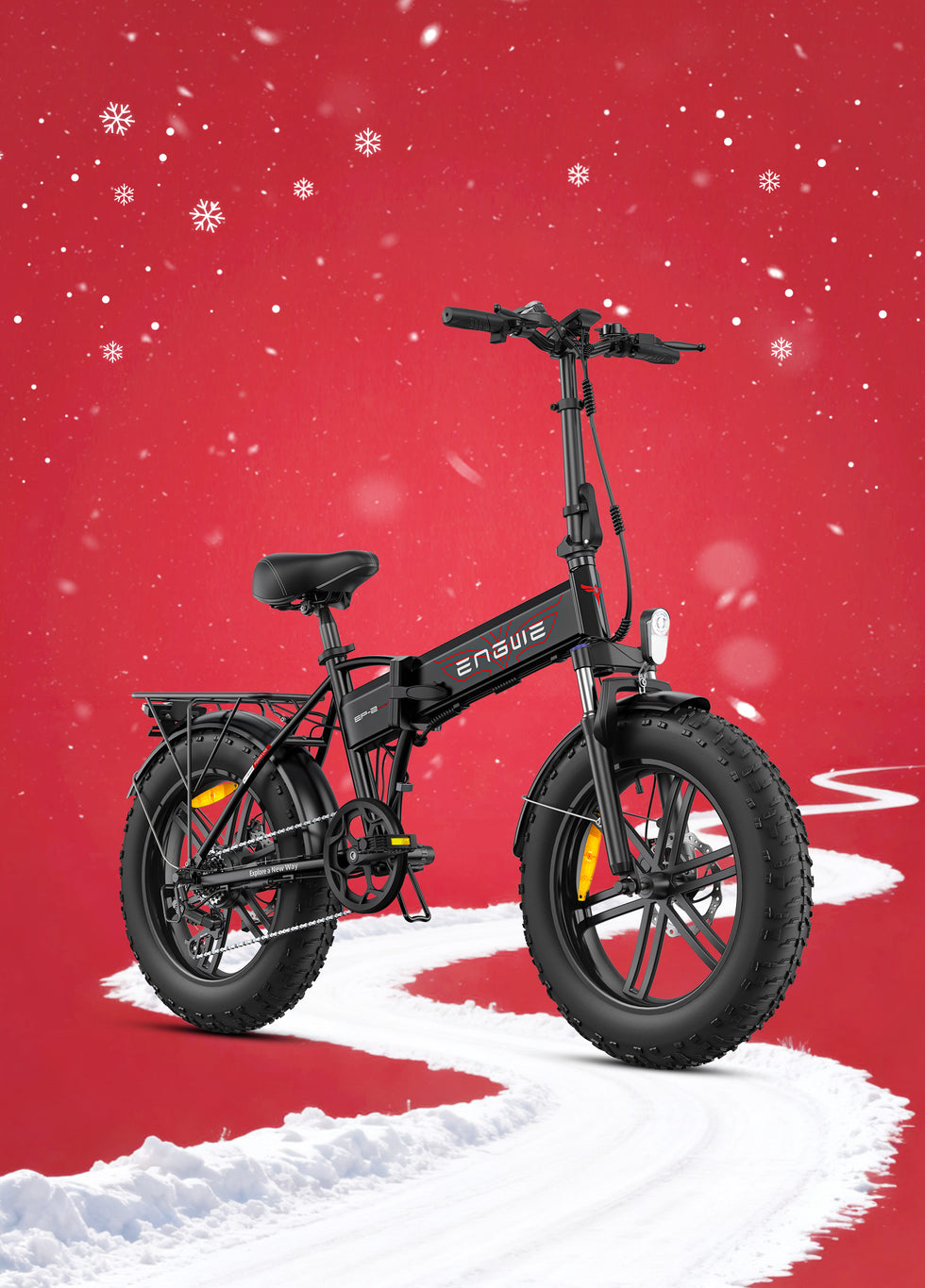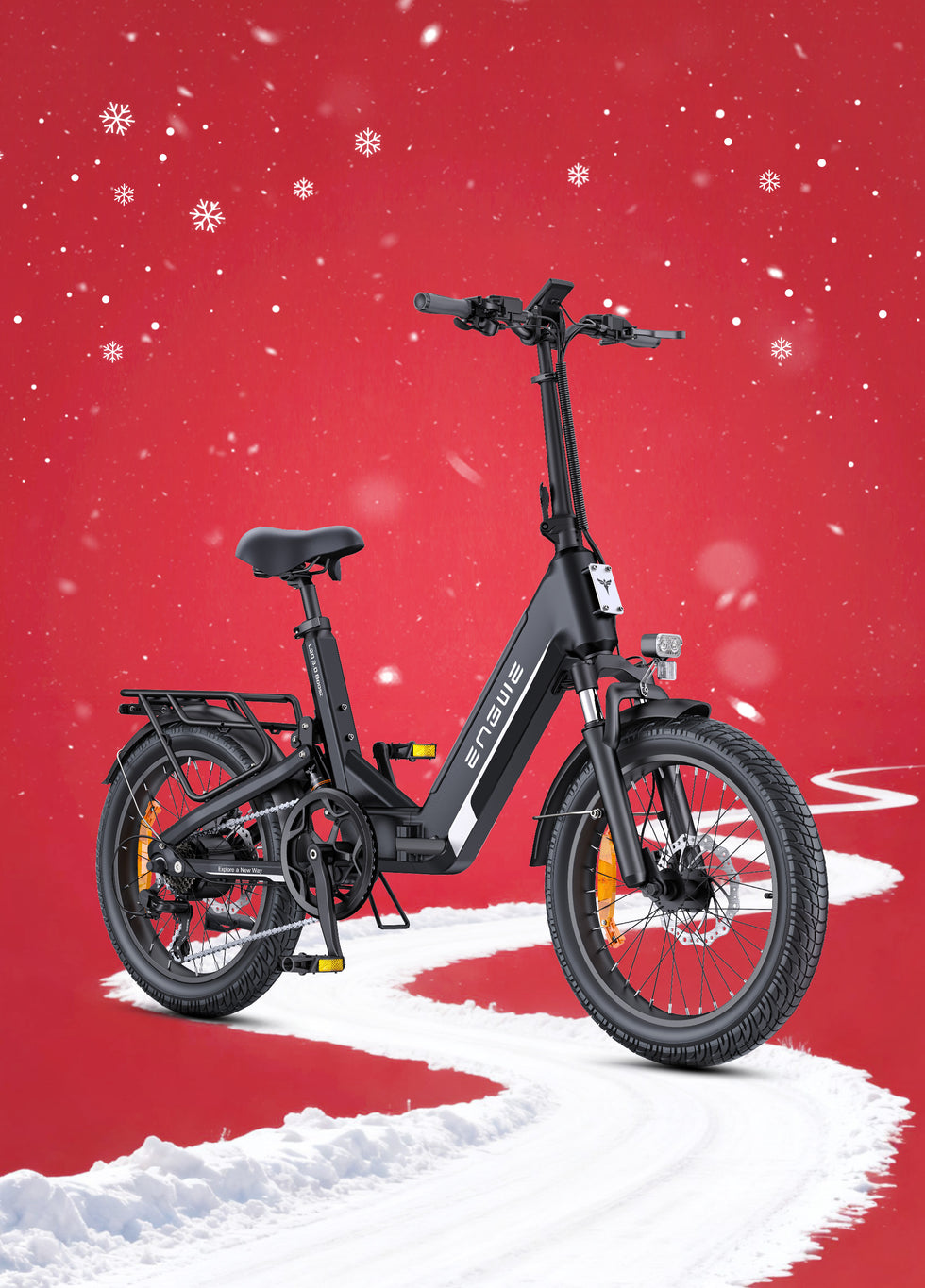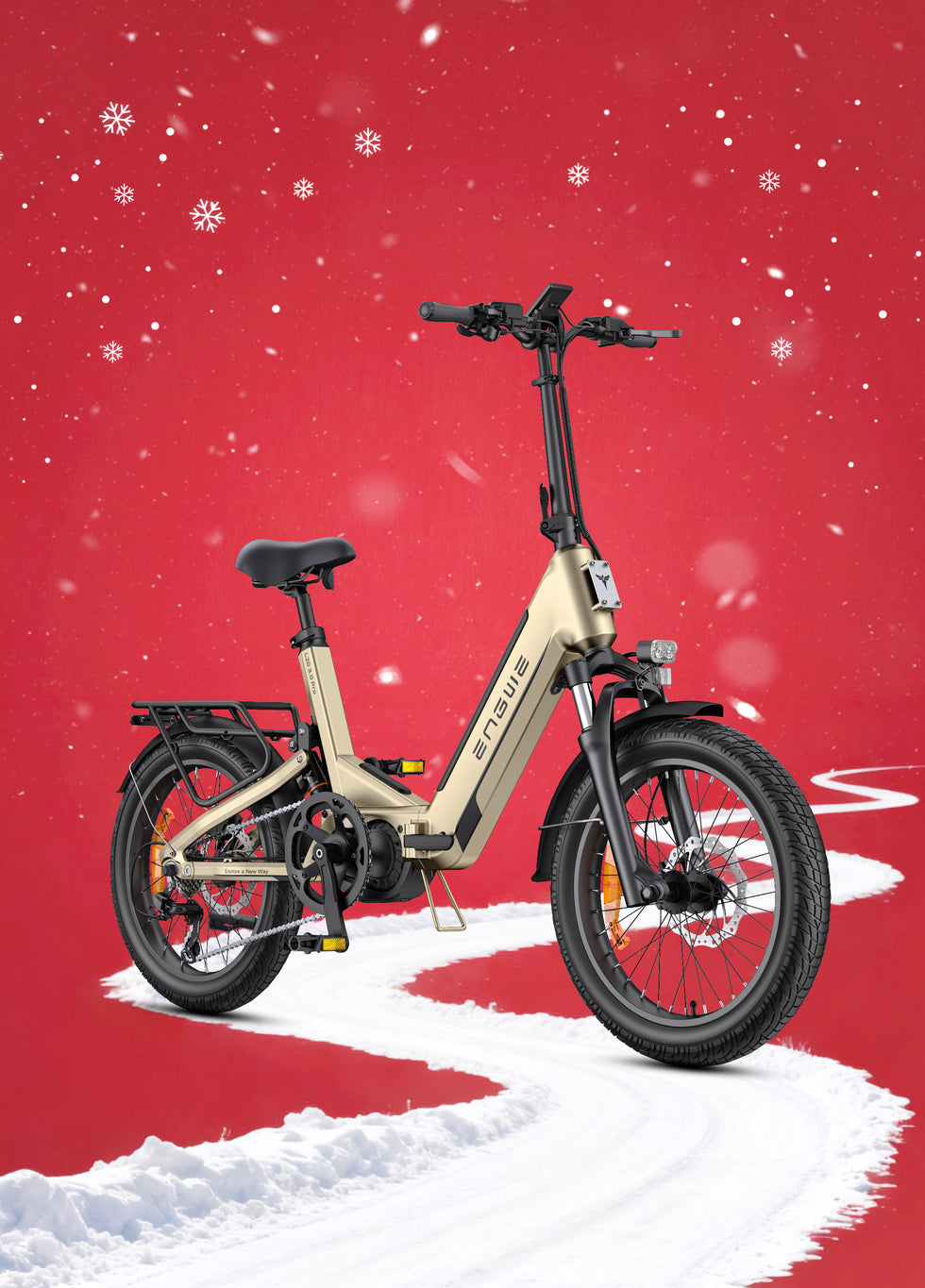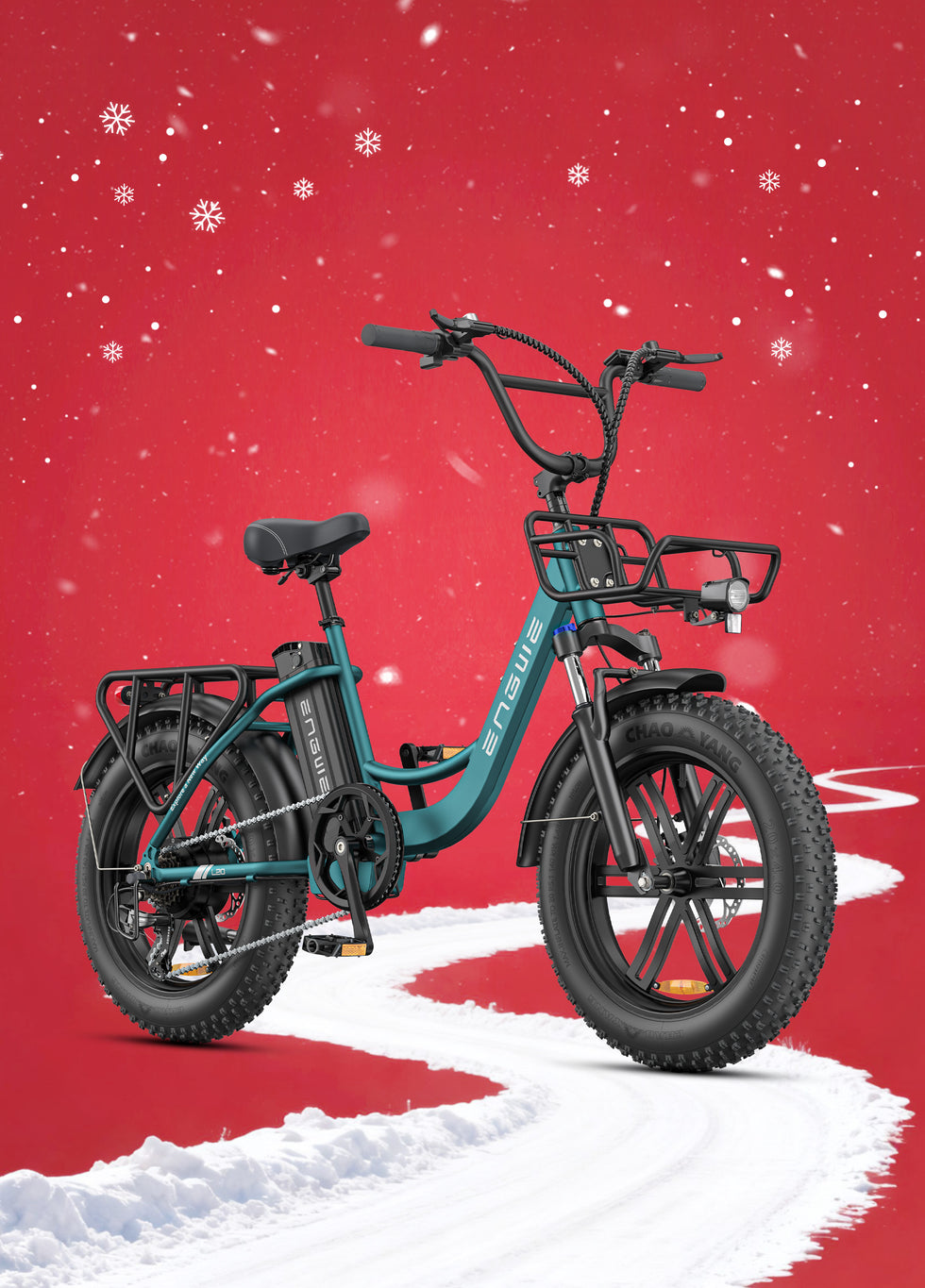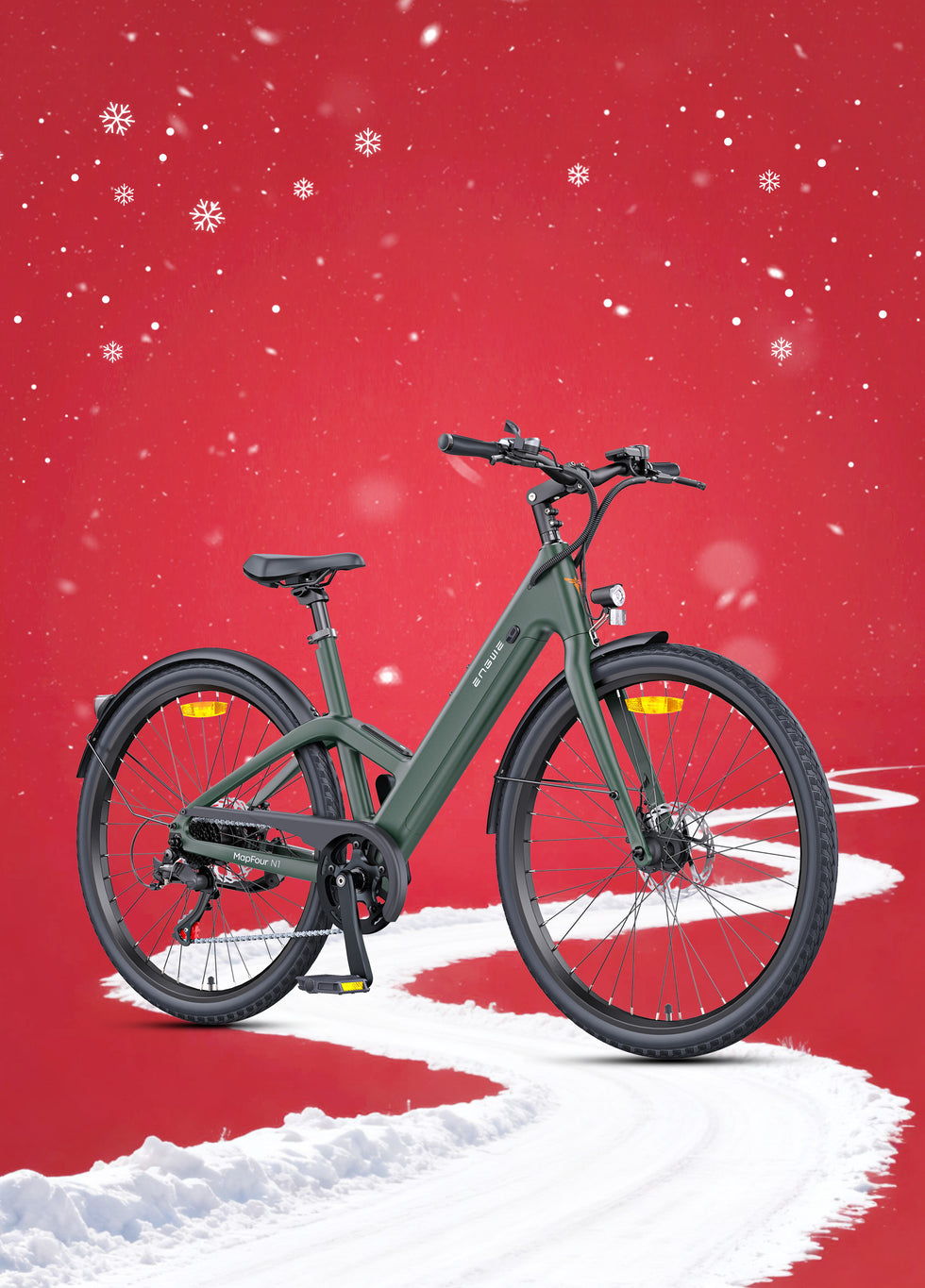The world of the electric bike is heating up, providing a powerful, efficient, and enjoyable alternative to simply getting where you need to go. As you further examine which e-bikes are best for your browsing, you've probably come across a crucial technical term that distinguishes top-of-the-range and high-performance options: the mid-drive motor. But what are mid-drive electric bicycles, and what makes them so deservedly popular? This guide is designed to tell you just that, so you can be sure it's the right one for you.
In this post, we will go from definitions to practical understanding. We will go over its unique benefits, pit it head-to-head against the other most popular option, and, best of all, outline a comprehensive framework that should help you pick out your ideal mid-drive electric bike. At the end of this post, you will know exactly what to do with confidence!
Exactly What is a Mid-Drive E-bike?
Fundamentally, a mid-drive electric bike differs from the rest because of its motor location. In hub-drive systems, the motor sits in the center of the front or rear wheel, while a mid-drive motor is located at the bike's bottom bracket — essentially where the pedals attach to the frame.
This particular placement has massive design implications. Instead of driving the wheel directly, the mid-drive motor connects to the bike's drivetrain—the chain and gears that you power with your legs. Basically, the motor assists your power input right where it originates. The rider can then use the bike's gears to control the speed and torque, with the motor working with each input to deliver a ride that feels incredibly intuitive. It's the opposite of being pulled along for a ride and more like having turbo-charged legs. This integration is what enables the host of benefits that has made mid-drive motor systems the enthusiast and high-performance market standard.
Key Benefits: Reasons to Consider a Mid-Drive
Choosing a mid-drive electric bike is far more than selecting a different motor placement – it's opting for a wholly different and superior ride experience. The benefits are straightforward and impactful.
Low and Centered Weight
With the weight of the motor kept low and central in the frame, mid-drive bikes have a noticeably lower and better-balanced center of gravity. This results in better traction, balance, and nimbleness. The bike feels solid and predictable in turns, much like a high-quality non-electric bicycle.
Better at Climbing Hills
This is likely the biggest strength. Because the motor drives the drivetrain, it takes full advantage of the bike's gears. You can downshift to a lower gear when faced with a large hill, allowing the motor to operate at its optimal revolutions per minute (RPM). This delivers maximum torque and power efficiently. A mid-drive bike doesn't just climb hills, it will conquer them, effortlessly carrying you up the steepest inclines.
More Efficient, Better Range
Using the bike's gears allows the motor to work in its most efficient power band. This smart application of power helps conserve the battery, which translates to greater overall range. That means more miles per charge and more adventure from every ride compared to a hub-drive system in similar conditions.
Simplified Wheel Maintenance
A non-glamorous but important point — maintenance is much easier. Both the front and rear wheels on a mid-drive e-bike are standard bicycle wheels. There are no motor cables or special hardware to deal with, so fixing a flat or performing other wheel maintenance is as simple as on a regular bike.
Best All-Arounder: Engwe LE20 Cargo E-bike
In the world of mid-drive electric bikes, many focus only on performance for mountain trails or fast-paced commuting. However, a few creative brands have stepped up to show us how this technology can be blended with real utility. For a case study, look no further than the Engwe LE20, which complements the strength and smoothness of mid-drive systems with the versatility of an e-cargo bike.
At its core is a robust and dependable 250W brushless mid-drive motor outputting a whopping 75Nm of torque, generating instant power for heavy loads and steep hills. All that power is delivered with a seamless transition thanks to an advanced torque sensor, which means the motor's output precisely matches your pedaling effort for an incredibly natural riding experience. But what makes the LE20 truly different is its split personality: it's a workhorse, not just a performance machine. With a maximum payload of 200 kg (440.9 lbs), it can take on business deliveries, carry groceries, or bring the family along. Its "double step-thru" frame makes mounting and dismounting a breeze, regardless of what you're carrying. With its dual-battery configuration, it has a range of up to 350 km, so this is not just some urban runabout. To complement the heart of the bike, Engwe has added top-grade equipment: powerful hydraulic disc brakes for assured stopping, puncture-resistant tires for dependability, and front suspension for smoothing out rough stuff. With the LE20, Engwe demonstrates that you can have the best of both worlds — sophisticated performance and cargo bike utility.

A Mid-Drive Versus Hub-Drive Showdown
To truly understand the mid-drive system, it is important to compare it with the hub-drive motor. Hub motors, found in the hub of the front or rear wheel, are a common alternative, each with its own set of qualities.
Mid-Drive Motors
Pros: Superior balance, natural ride feel, excellent for climbing hills, highly efficient, and easy wheel maintenance.
Cons: Generally more expensive, added stress is likely to wear out the chain and cassette more quickly.
Rear Hub-Drive Motors
Pros: Typically cheaper, gives a "pushing" sensation that many riders prefer, mechanically simpler at the crankset.
Cons: Weight is concentrated at the rear, which is not ideal for handling. Less efficient on hills as it cannot leverage the bike's gears, leading to higher power and battery usage. Swapping a tire can be a hassle due to motor wiring.
Front Hub-Drive Motors
Pros: Often the cheapest option, gives a "pulling" sensation, creates an all-wheel-drive feel when you pedal.
Cons: The powered front wheel can lose traction, especially on loose surfaces or in aggressive cornering. Worst for climbing steep hills.
The choice isn't about which is "best" overall, but which is best suited for your specific use. If you plan on riding mainly on flat city streets, a hub motor can work just fine for less money. However, for performance, touring, mountain biking, and especially in hilly areas, a mid-drive system holds a clear advantage.

5 Essential Questions to Ask Before Buying a Mid-Drive E-bike
You've determined that the performance and feel of a mid-drive system are for you. So, how do you wade through the market and find the right bike? Answering these five essential questions will bring clarity to your decision-making.
1. What is your main riding style and where will you ride most?
This is the most important factor. Your primary use case will determine the type of bike you need.
Electric Mountain Bikes: Look for an e-MTB with a powerful motor and full suspension to handle rough trails. The motor's balance and hill-climbing proficiency are critical here.
Commuter & Urban City Bikes: A hybrid or commuter model is best. Features like integrated lights, fenders, and a pannier rack are helpful. A step-thru frame is more manageable for frequent stops.
Touring Bikes: These prioritize economy and long battery life. The ability to support a dual-battery setup is a big plus. Err on the side of comfort, investing in ergonomic grips and a comfortable saddle for long hours of riding.
Cargo & Utility Bikes: If you'll be carrying heavy loads like children or business goods, a dedicated cargo e-bike is necessary. You'll need a strong frame, a high payload capacity, and stable, smaller-diameter wheels.
2. How much importance is motor power (Watts) and torque (Nm)?
These two numbers explain the motor's performance.
Watts (W): This indicates the motor’s power output. A figure of 250W is common on many EU and UK road-legal bikes. However, this nominal rating doesn't tell the whole story.
Torque (Nm): This is the number you should really focus on. Torque is the rotational force that gets you going from a stop and pulls you up hills. A 50 Nm motor is great for rolling hills and city use. A motor with 70 Nm or higher provides a powerful punch for climbing and accelerating, which is essential when fully loaded or on steep terrain. When it comes to heavy use, more torque is always better.
3. What size battery and range do you actually need?
Range anxiety is a real concern, so understanding battery capacity is key.
Capacity (Watt-hours or Wh): This is the most important metric for a battery, calculated by multiplying voltage (V) by amp-hours (Ah). The bigger the Wh number, the larger the potential "fuel tank" and the longer the range. A 400Wh battery is likely adequate for shorter rides, while larger batteries—600Wh or more—are better suited for touring.
Manufacturer Range Claims: Be aware that a manufacturer's maximum range claims can be optimistic (tested on level ground, in the lowest assist mode, with a light rider). In real-world mixed use, you can likely expect to achieve 50-70% of the maximum stated range. For very long rides, consider a bike that supports dual batteries for double the range.
4. How important is the sensor to your ride?
The sensor is the brain of the e-bike, telling the motor when and how much assistance to provide. This is a crucial component in mid-drive systems.
Cadence Sensor: This is the simpler type. It senses when you are pedaling and switches the motor on. It can feel like an on/off switch, which can sometimes be jerky or unnatural.
Torque Sensor: This more advanced and preferable sensor is standard on high-end mid-drive bikes. It measures how hard you are pedaling. The harder you pedal, the more assistance the motor provides. This creates a seamless, intuitive, and extremely responsive ride that feels like a natural extension of your own power. It also improves battery efficiency by using only as much power as is required. If possible, always choose a torque sensor.
5. What other parts of the bike are most important?
A great motor is only as good as the bike it's attached to.
Brakes: With the extra speed and weight of an e-bike, there's no room for low-quality brakes. For the best stopping power, control, and reliability in all weather conditions, hydraulic disc brakes are preferable to mechanical disc or rim brakes.
Gears: Look for a quality drivetrain from a respected brand like Shimano or SRAM. More important than the number of gears is the gearing range, which should suit the terrain you plan to ride.
Frame & Suspension: Decide between a step-thru and step-over frame depending on your mobility and preference. If you will be riding on bumpy roads or trails, front suspension is your friend. Full suspension is usually reserved for more serious off-road mountain biking.

How to Take Care of Your Mid-Drive Electric Bike
A simple maintenance routine will ensure that your investment serves you well for many years to come.
Chain, Cassette, and Chainrings
This part of the drivetrain experiences more stress on a mid-drive e-bike because the motor adds power directly to it. Keeping these components clean and well-lubricated will dramatically decrease wear and maintain crisp gear shifting.
Keep an Eye on Chain and Cassette Wear
Your chain and cassette may wear out more quickly due to the additional forces from the motor. Inspect them regularly for wear and replace them as needed to avoid more expensive repairs down the line.
Follow Good Battery Habits
To maximize your battery's lifespan, avoid extremes. Store it in a cool, dry place, and try to keep it at a 40-60% charge if you're storing it for an extended period.
Book A Service With A Pro
Get your bike to an e-bike expert for a check-up at least once a year. These technicians can install the latest software updates, diagnose any potential motor problems, and ensure everything on your bike is running safely and efficiently.
Investing in a mid-drive electric bike means you are opting for a level of performance, efficiency, and ride quality that other types of e-bikes just cannot offer. It represents the state of the art, capturing high-end electric technology through an unmatched combination of balance, power, and natural ride feel. As long as you understand the system, recognize its distinct benefits, and weigh your own needs against the key considerations of use, power, range, and components, you are armed to make an excellent choice. The ideal electric bike is out there, ready to revolutionize your daily ride, elevate your weekends with a new level of adventure, and blend joy and ease into the fabric of your life.
